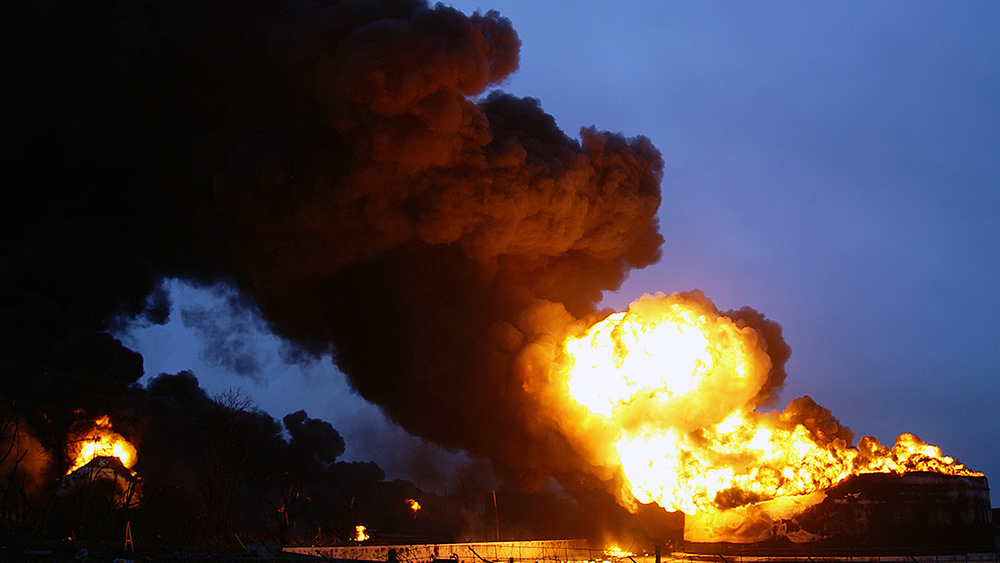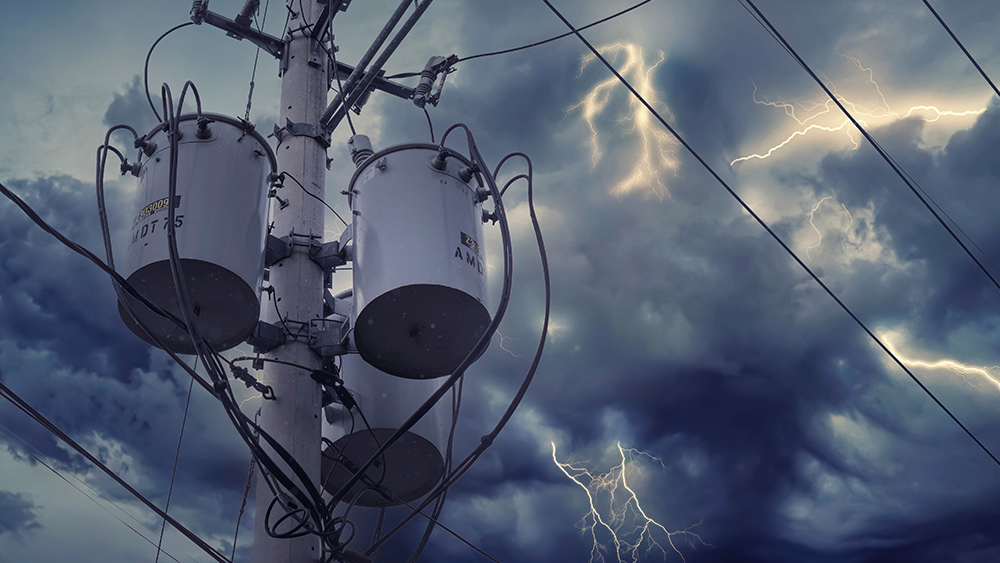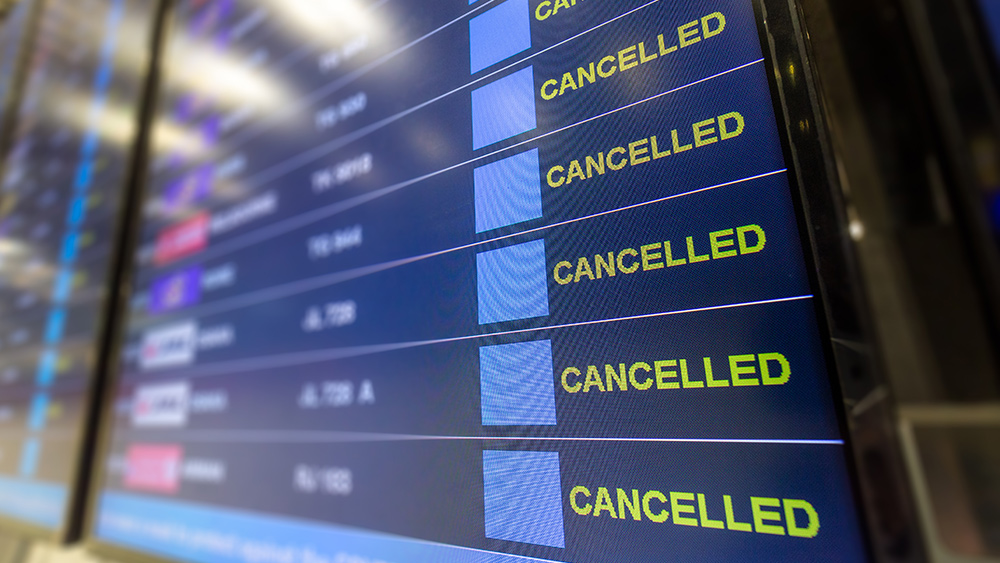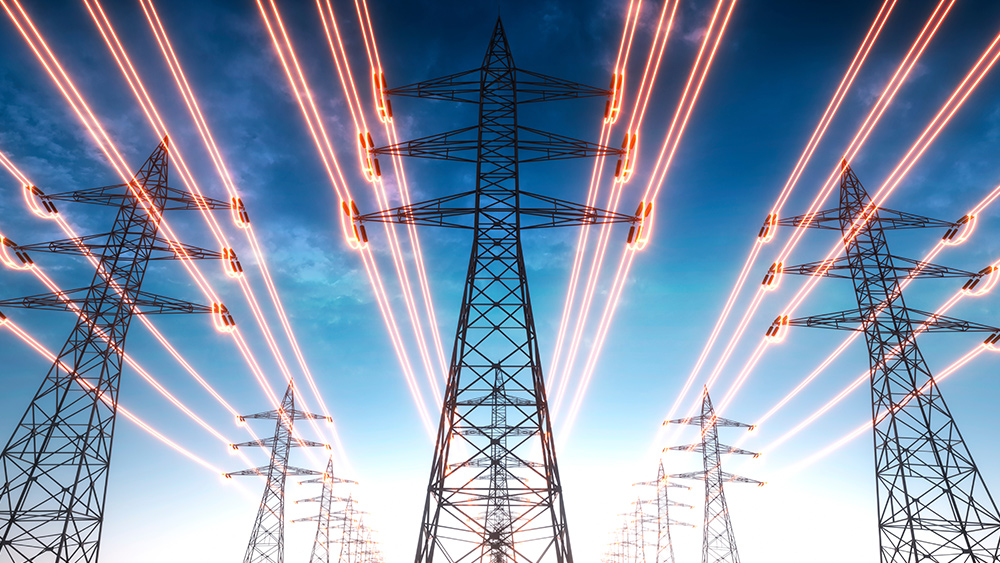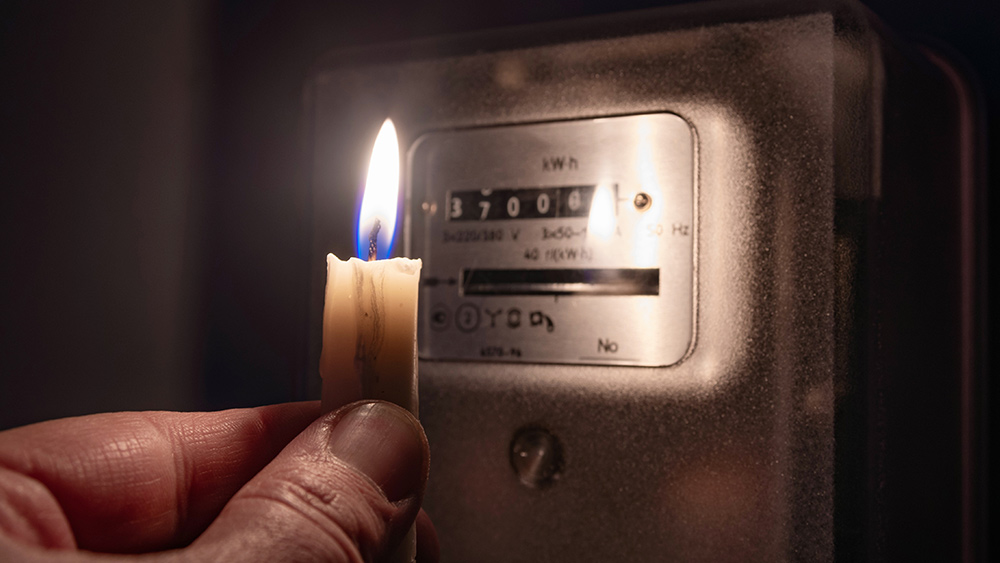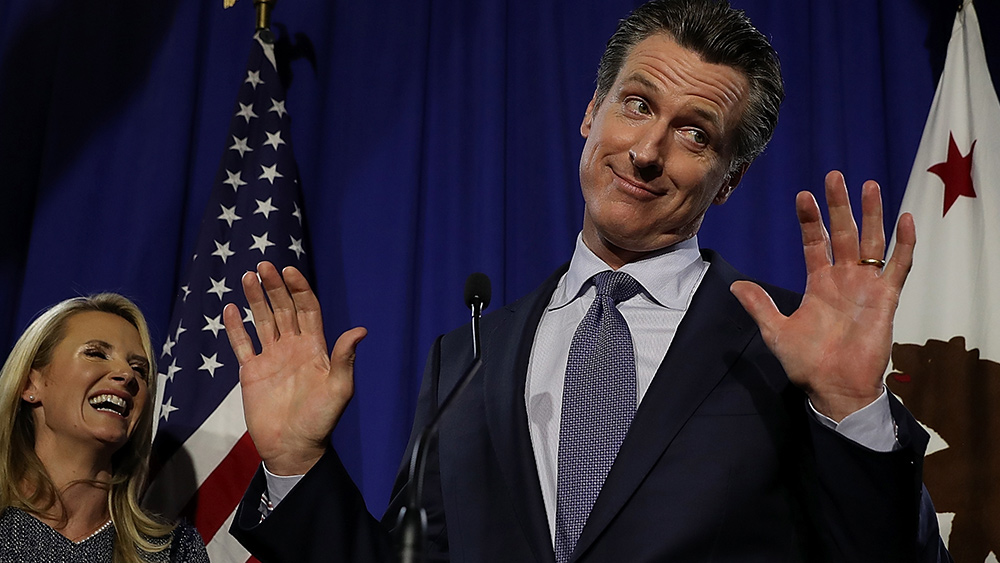
A new heatwave in California is threatening to overburden the electrical grid, which could spark those infamous rolling blackouts that occur from time to time in the Golden State.
Extreme, and in some cases record-breaking, temperatures led to an energy emergency alert being issued on Labor Day by California's Independent System Operator (ISO), which manages the state's energy grid.
To keep the lights on, Californians are being told by the ISO to conserve as much energy as possible, or else face possible blackouts. ISO is "forecasting an energy deficiency," the entity announced.
If blackouts ensue, they will mark the first time in two years that the lights have gone out for energy shortage reasons. (Related: The Wall Street Journal warned about all this back in May, suggesting that all of America faces rolling blackouts due to the forced "green energy" transition.)
"We have now entered the most intense phase of this heat wave," announced Elliot Mainzer, president and CEO of the ISO. "The potential for rotating outages has increased significantly."
Three million California households face darkness as energy demand threatens to outpace supplies
Right now, the ISO has only issued a Stage 1 emergency alert, the earliest warning for expected supply problems. Two years ago, the ISO declared a Stage 3 alert, which resulted in rolling blackouts.
As heat persists in California, there is a chance that another Stage 3 alert will be issued in the coming days. According to Mainzer, the state's energy grid is currently looking at "energy deficits of 2,000 to 4,000 megawatts, which is as much as 10 percent of normal electricity demand."
As many as three million households – not individual people – across California face losing power in the coming days as energy operators allegedly struggle to keep up with rising demand.
For the sixth straight evening in a row, the Flex Alert, a call for voluntary conservation measures to be taken, was issued from 4 to 10 p.m. across the state. This is an hour longer than usual, which the Sacramento Bee reported underscores "the increasingly dicey conditions on the grid as temperatures across parts of inland California were expected to soar to 110 degrees or higher."
On both Saturday and Sunday nights, Californians rose to the challenge in reducing energy consumption by nearly 1,000 megawatts. This amounts to enough electricity to power more than 750,000 households.
In order to get through Labor Day, more Californians will need to participate in these conservation measures, says the ISO. The ones who participated on Saturday and Sunday night could also need to double or even triple their efforts in order to avoid blackouts.
On Monday, the Labor Day holiday, energy consumption across California was expected to reach 48,961 megawatts during the evening peak. On Tuesday, peak demand of 51,144 megawatts is expected, which would break a 16-year record for energy usage in California.
"We are on razor thin margins," said Siva Gunda, vice chairman of the California Energy Commission (CAC).
Mainzer quelled fears some by indicating that a fleet of currently offline power plants could resume production in an instant if blackouts appear imminent. Gov. Gavin Newsom signed an emergency order last week allowing businesses to fire up their own generators if need be – because under normal circumstances, generators are prohibited in California because of the pollution they create.
"A lot of our participants can turn on their (generators) and take load off the grid," Gunda added.
Currently, there are three gas-fired power plants that are "conked out," according to the Bee. As these struggle to regain power, about 1,000 megawatts of potential energy creation is lost from the grid.
To keep up with the latest news about the failure of the power grid, visit PowerGrid.news.
Sources for this article include:
Please contact us for more information.












